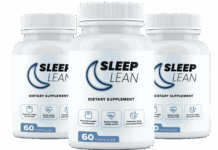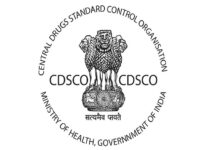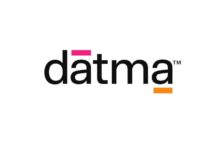Messenger ribonucleic acid (mRNA) as a therapeutic method is gaining traction due to its ease of production and promising results.
mRNA-based vaccines, for example, have been critical in the fight against COVID-19 in many parts of the world. Yet, because of their thermal instability, mRNA-based therapies can be vulnerable to chemical destruction. As a result, mRNA vaccines require demanding manufacturing, storage, and robust international distribution. Understanding and improving the stability of mRNA vaccines is crucial for making them more widely available.
Dr. Qing Sun, a professor in Texas A&M University’s Artie McFerrin Department of Chemical Engineering, and a group of graduate students created a successful and interpretable model using deep-learning methods that can predict RNA degradation more appropriately than previous best methods such as Degscore models, RNA folding algorithms, as well as other machine-learning models. Their model was put to the test, and the results were recently reported in briefings in bioinformatics.
According to Sun, the intrinsic temperature instability of mRNA has restricted the global distribution of mRNA vaccines due to in-line hydrolysis, a chemical degradation reaction. As a result, their research aims to comprehend and anticipate mRNA breakdown. To address this issue, Sun and her colleagues turned to deep-learning approaches, creating the RNAdegformer, a deep-learning-based model supported by artificial neural networks that have the ability to gather data and apply this knowledge to create predictions.
Sun claims that the RNAdegformer analyses RNA sequences with self-attention and repetitions, two deep-learning approaches that have proven dominant in the realms of computer vision and natural language processing, while exploiting the biophysical properties of RNA secondary structure features and base pairing probabilities.
She further added that the RNAdegformer exceeds prior best approaches at predicting degradation qualities at the nucleotide level, which are like sentences’ letters that combine to produce mRNA. Each nucleotide of the COVID-19 mRNA vaccine can be predicted. When compared to prior best methods, RNAdegformer predictions have a better connection with RNA’s in vitro half-life.
Furthermore, the study demonstrates how direct visualisation of self-attention maps aids in informed decision-making. According to Shujun He, the paper’s first author and a graduate student in Sun’s group, attention maps demonstrate how the model thinks using input information, which aids in making knowledgeable decisions based on model predictions. Furthermore, their model indicates critical characteristics in determining mRNA degradation rates.
Researchers partnered with Rhiju Das, an associate professor of biochemistry at Stanford University, whose high-quality mRNA degradation data served as the study’s starting point. With this research, they aim to be able to build more stable mRNA vaccines using their methodology, allowing for more equity and a broader use of mRNA therapies, Sun added.


















